Using X-ray Techniques Scientists Discover Shroud of Turin That Dates Back to When Jesus Was Alive
Scientists are advancing in their quest to solve the mystery surrounding the Turin Shroud, with recent breakthroughs indicating that the cloth may indeed originate from the time of Jesus’s crucifixion.
This progress is due to refined techniques and updated analyses that shed new light on the shroud’s origins.
The Holy Shroud
The Turin Shroud, a linen cloth marked with a faint but recognizable image of a bearded man believed to be Jesus, was first displayed publicly in 1350.

Source: Wikimedia
Since its debut, it has been known as the Holy Shroud and has been at the center of intense debate and scrutiny regarding its authenticity and origins.
New X-Ray Analysis Challenges Previous Dating of the Turin Shroud
Recent research from the Institute of Crystallography of the National Research Council in Italy utilized advanced X-ray techniques to assess the linen’s age.
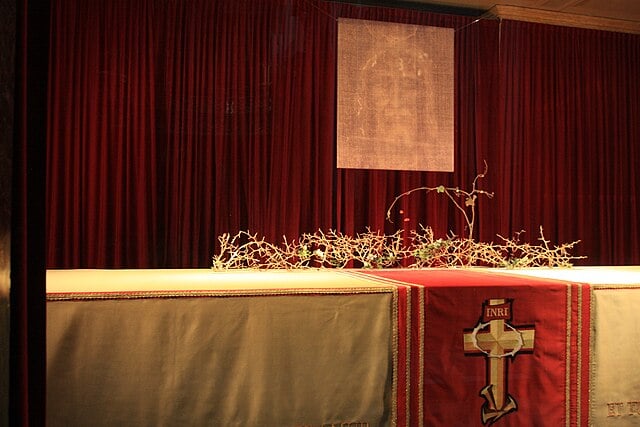
Source: Wikimedia
This contemporary analysis stands in contrast to earlier studies from the 1980s, which had dated the shroud to the Middle Ages, casting doubt on its existence 2000 years ago.
New Research Suggests Shroud Dates to Jesus’s Time
The new research, however, provides a compelling alternative.

Source: The Library of Congress/Rawpixels
The Italian team claims that the linen’s composition and dating correspond with the period of Jesus’s crucifixion.
Analysis of Shroud Fabric
By analyzing eight different sections of the shroud’s fabric, the researchers studied the aging of flax cellulose and compared it to the time since the linen was made.
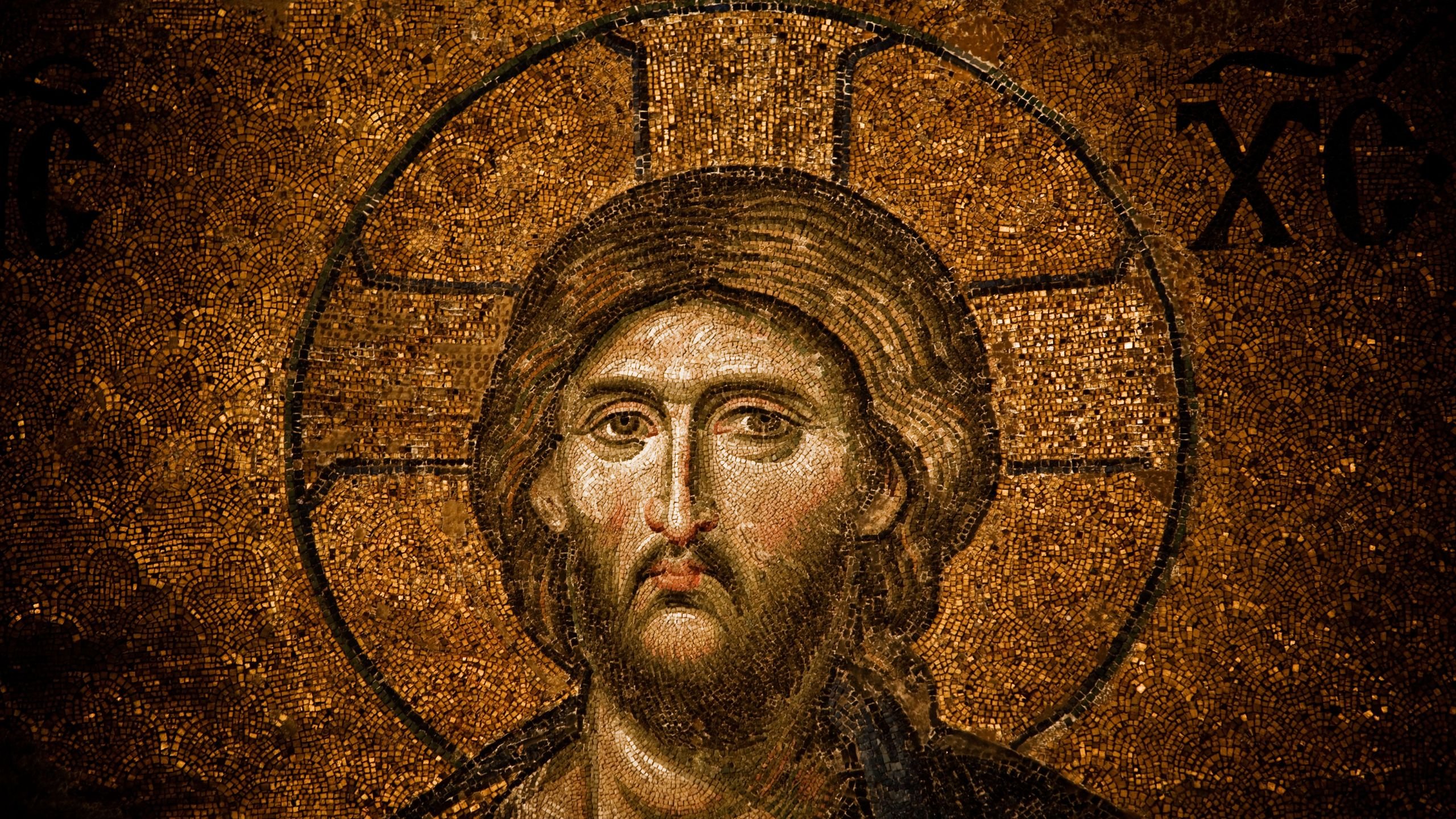
Source: Canva
Their findings suggest that the shroud could indeed date back to the time of Jesus, aligning with historical records if validated.
Biblical Significance
According to biblical accounts, Joseph of Arimathea wrapped Jesus’s body in a cloth and placed it in a tomb, adding historical and religious significance to the shroud.
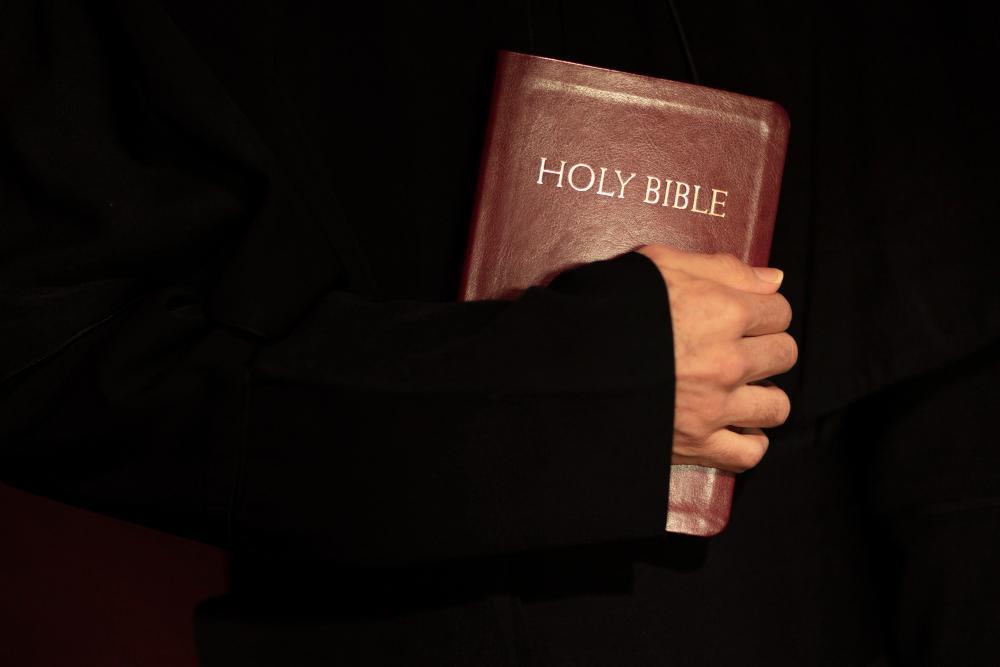
Source: Freepik
This mysterious linen has fascinated scholars, theologians, and the public for centuries, with its initial public display nearly 700 years ago sparking ongoing debate about its true origins and authenticity.
Shroud’s Authenticity Questioned
The Shroud of Turin has been kept in the Cathedral of San Giovanni Battista since 1578.
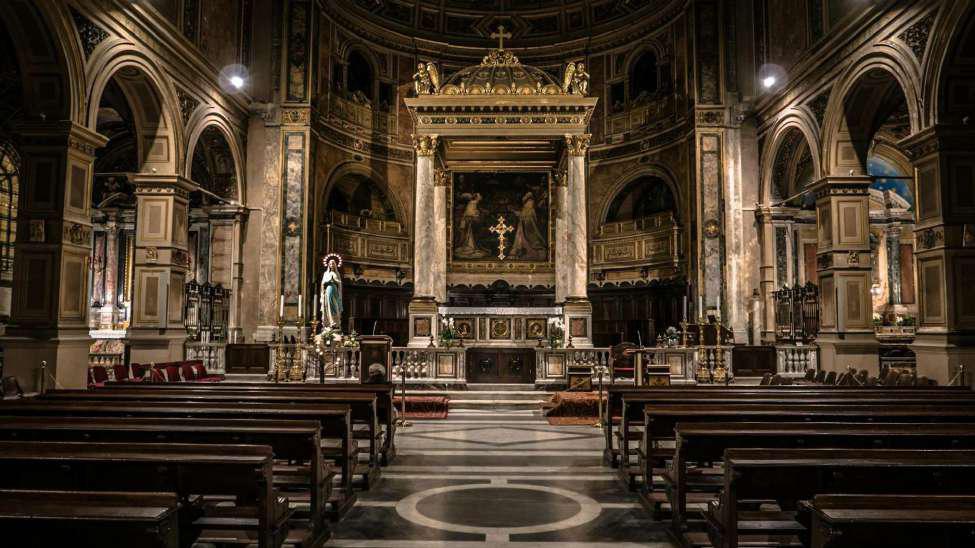
Source: Pixabay/Pexels
Despite this, its authenticity faced challenges from radiocarbon dating tests conducted in 1988, which suggested that the shroud was only about seven centuries old. This result led many to question the shroud’s connection to the biblical era.
Data Aligns with Earlier Linen Samples
In a recent development, the new study disputes the 1988 findings.

Source: Freepik
Researchers state, “The data profiles were fully compatible with analogous measurements obtained on a linen sample whose dating, according to historical records, is 55-74 AD, found at Masada, Israel.”
Doubt on Previous Results
This comparison offers a fresh perspective on the shroud’s age and raises doubts about the previous test results.

Source: Pixabay
Additionally, the researchers investigated the preservation conditions of the shroud.
Radiocarbon Test Accuracy
They concluded that for the 1988 radiocarbon test results to be accurate, the shroud would have had to be stored at secular room temperatures.

Source: Freepik
Specifically, these temperatures would need to be very close to the highest ever recorded on Earth for seven centuries.
Contamination Issues Cited
Dr. Liberato De Caro, who led the latest research, argues that the 1988 test results are unreliable due to potential contamination of the fabric samples.

Source: Chokniti Khongchum/Pexels
“Fabric samples are usually subject to all kinds of contamination, which cannot be completely removed from the dated specimen,” De Caro noted.
Ongoing Research
This new research adds depth to the ongoing study of the Shroud of Turin.
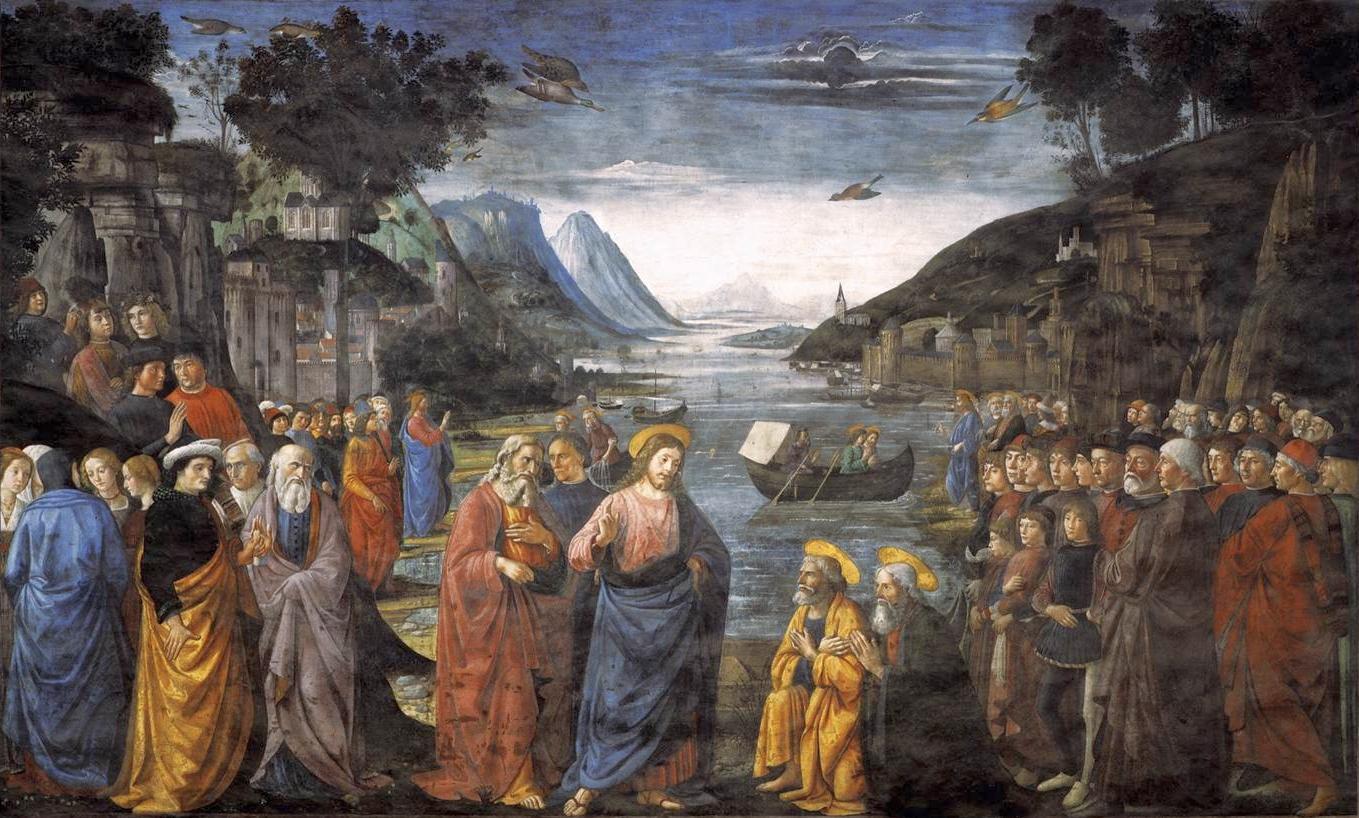
Source: Wikimedia
As scientists and historians continue their exploration, the shroud remains a powerful symbol of historical and religious significance, continuing to capture the imagination and curiosity of people around the world.
